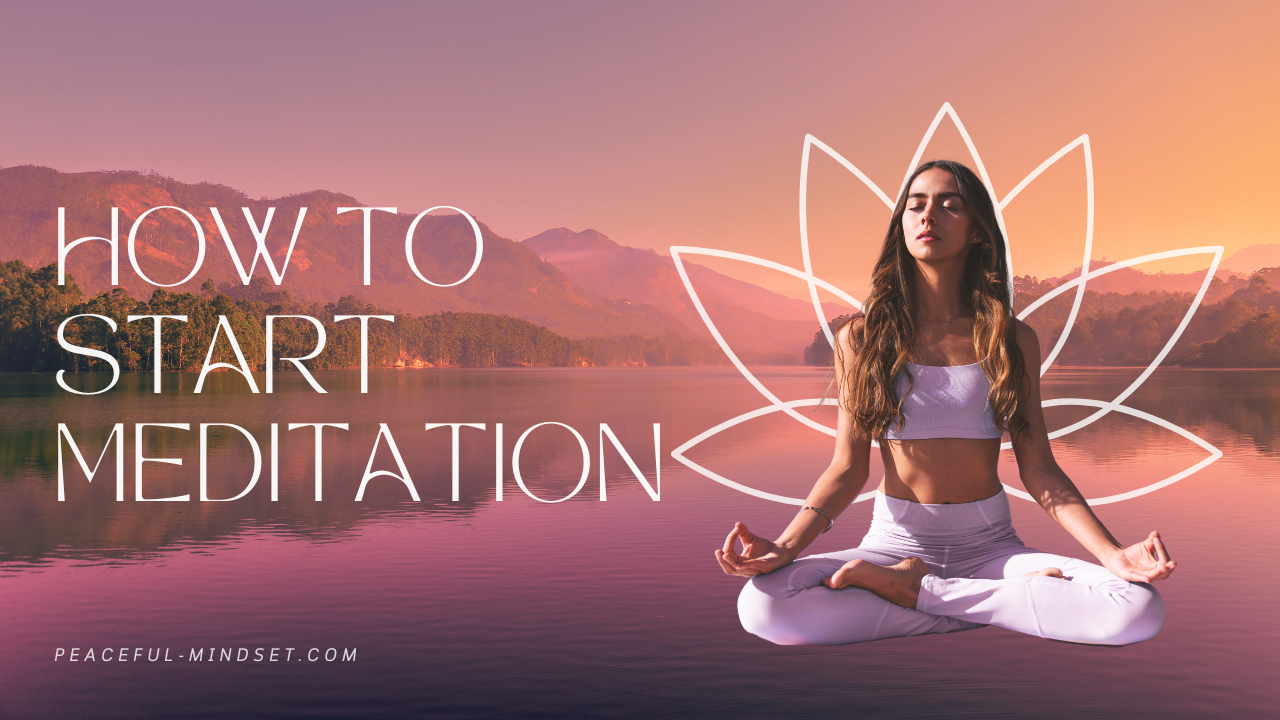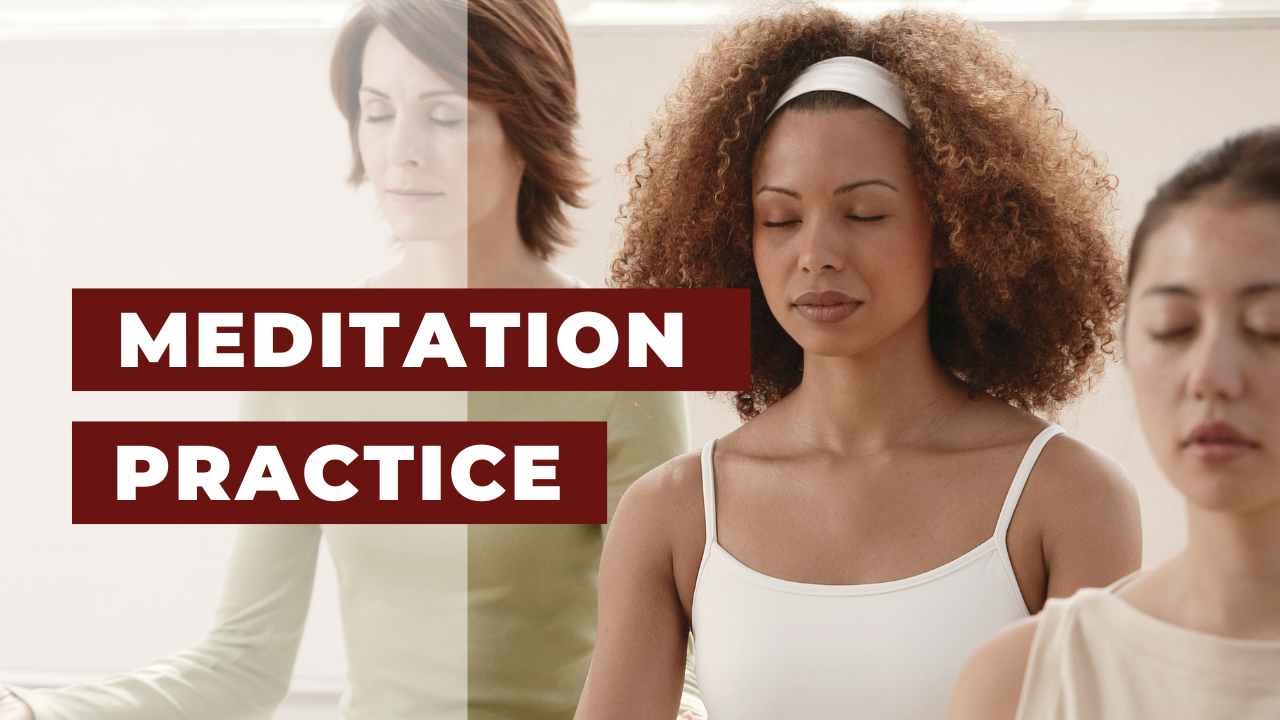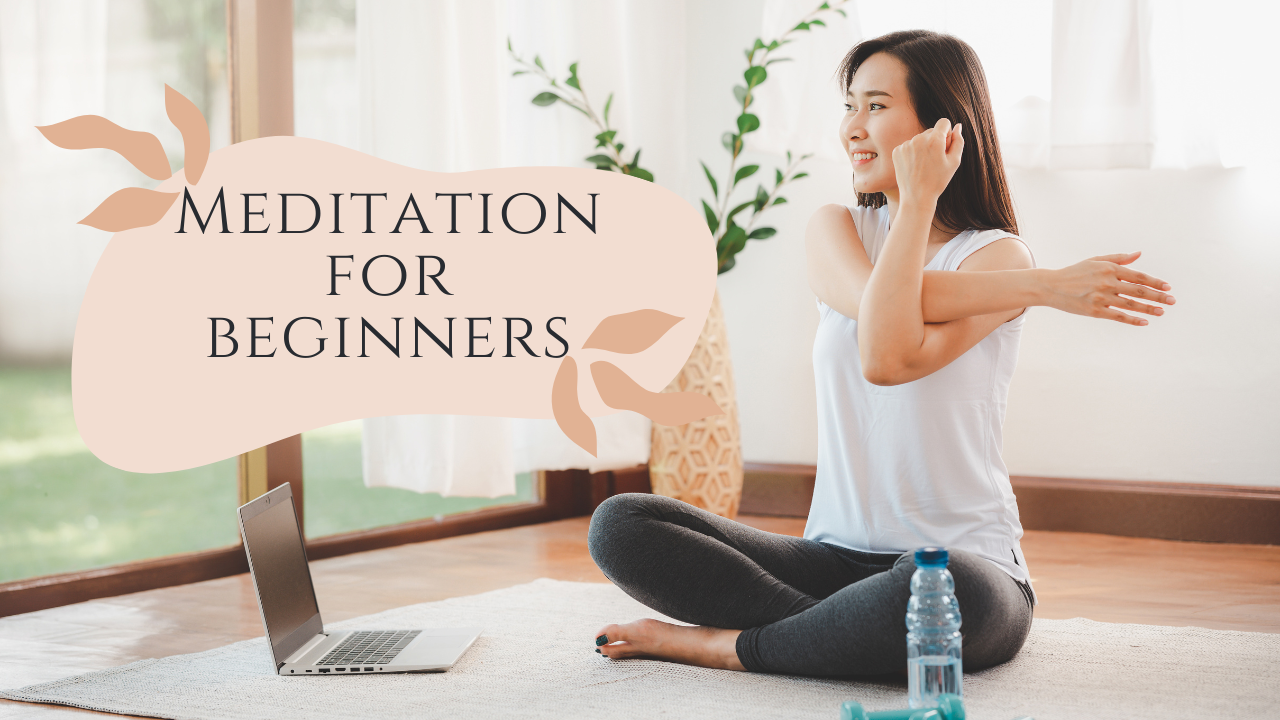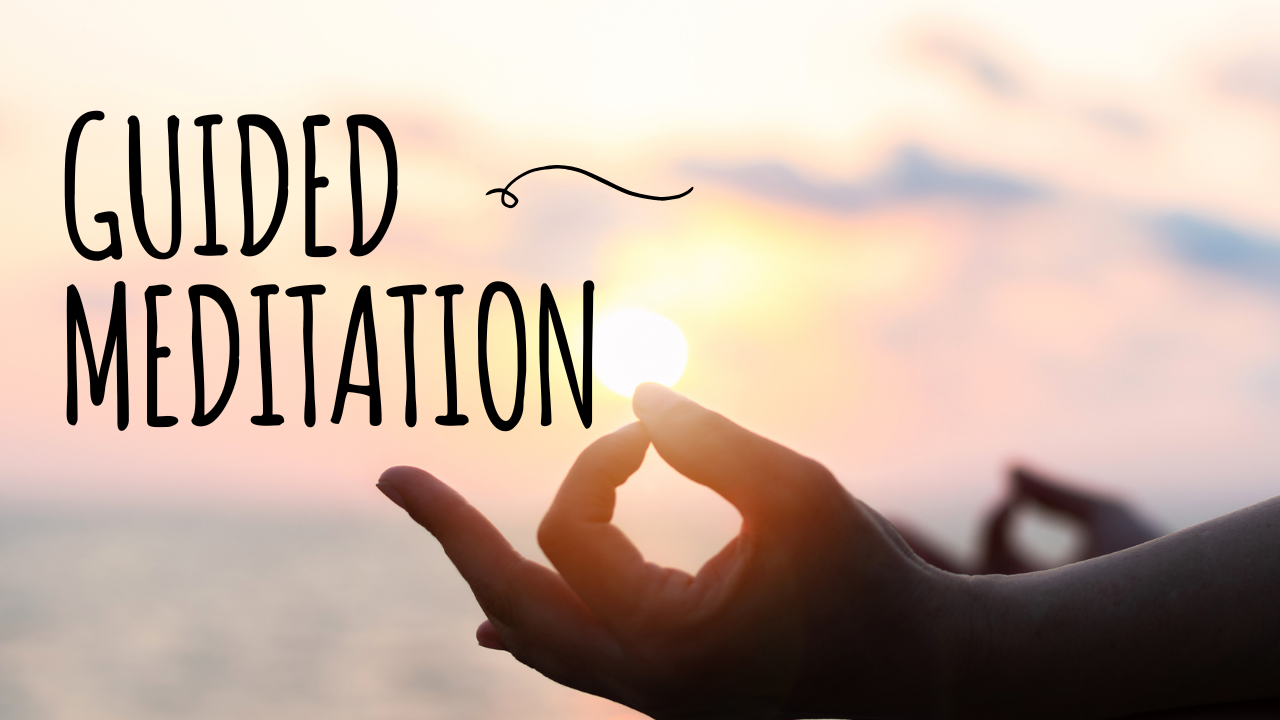What are the 8 Rules of Meditation? A Clear Guide to Effective Practice
Meditation has simple guidelines that help create focus and calm. I follow what are often called the 8 rules of meditation to make the practice effective and consistent.
These rules include finding a quiet space, sitting comfortably, focusing on your breath, maintaining a gentle gaze or closed eyes, letting thoughts come and go, practicing regularly, starting with short sessions, and being patient with yourself.
Understanding these rules helps me stay grounded during meditation sessions. They aren’t strict commands but essential reminders that support a clear and relaxed mind.
If you want to deepen your meditation or start a routine, knowing these rules is a useful foundation. They provide a straightforward structure that anyone can apply.
Understanding the 8 Rules of Meditation
These rules provide a clear framework for effective meditation. They guide how to prepare, maintain focus, and develop consistency. Understanding their purpose and history deepens their value in practice.
READ MORE: Music Meditation
Overview of the 8 Rules
The eight rules generally include: sitting comfortably, maintaining a straight posture, focusing on the breath, letting go of distractions, practicing regularly, being patient, cultivating kindness, and avoiding judgment.
Each rule supports a different aspect of meditation. For example, posture improves alertness, while patience helps manage challenges during practice. Focusing on breath anchors the mind, preventing it from wandering.
Together, these rules create structure and discipline. They help maintain mental clarity and emotional balance.
Purpose and Benefits of Following the Rules
Following these rules ensures meditation is effective and sustainable. They prevent common pitfalls such as frustration, discomfort, or losing concentration.
By observing these guidelines, I experience improved mental focus and emotional calm. Regular practice aligned with these rules also promotes stress reduction and self-awareness.
The rules help me build a habit rather than a sporadic activity. This consistency is essential for long-term benefits.
Historical Context and Origins
The eight rules trace back to ancient meditation traditions found in Buddhist and Hindu practices. Early texts emphasized discipline and ethical conduct alongside mental exercises.
Meditation masters designed these rules to systematize how practitioners engage with the mind and body. They saw rules as necessary to progress beyond casual relaxation into deeper states of concentration.
Understanding this lineage gives me insight into why the rules emphasize both physical and mental aspects. They evolved to support a holistic approach to meditation.
Rule 1: Find a Quiet Space
To meditate effectively, I need a place where I feel calm and undisturbed. Choosing the right space involves considering both the environment and potential interruptions.
Selecting an Optimal Environment
I look for a location that is naturally peaceful, like a spare room, a corner of my home, or even a quiet outdoor spot. The area should be free of loud noises and uncomfortable distractions. I find that soft lighting and comfortable seating help me focus better.
I avoid busy areas with heavy foot traffic or loud electronics. When possible, I establish a dedicated meditation spot so my mind associates that space with calm and relaxation. This helps set the tone as soon as I enter.
Minimizing Distractions
To minimize distractions, I turn off my phone or set it to “Do Not Disturb.” I close windows to reduce outside sounds if needed. Informing others in my home about my meditation time usually prevents unexpected interruptions.
I keep objects out of sight that might draw my attention away. If ambient noise persists, I use white noise machines or earplugs. These small adjustments help maintain focus throughout the session.
Rule 2: Maintain Proper Posture
Keeping your body in the right position is essential for a focused and comfortable meditation session. It reduces strain and helps sustain your practice for longer periods without discomfort.
Importance of Body Alignment
I find that proper alignment prevents tension buildup, especially in the back and neck. Your spine should be upright but relaxed, not stiff or overly arched. This allows energy to flow naturally.
When sitting, your ears should line up with your shoulders, and your shoulders with your hips. Poor posture often causes drowsiness or distraction. Maintaining alignment helps keep me alert yet calm.
Breathing also improves with good posture. A straight back frees the diaphragm, enabling deeper, more controlled breaths. This supports mental clarity during meditation.
Recommended Positions for Beginners
For beginners, sitting cross-legged on a cushion or chair works well. I suggest a cushion to elevate the hips slightly above the knees, reducing strain on the lower back.
If sitting on the floor is uncomfortable, I recommend sitting on a chair with feet flat on the ground. Keep your back straight and avoid leaning against the backrest.
You can also try the kneeling position, sitting back on your heels with a cushion between. Choose a position where you feel stable and balanced, avoiding any discomfort that could distract you.
Rule 3: Focus on Your Breath
Focusing on the breath is central to meditation. It requires intentional observation and handling of distractions to maintain steady attention.
Techniques for Breath Awareness
I start by noticing the natural flow of my breath, without trying to control it. Paying attention to the sensation of air entering my nostrils or the rise and fall of my chest helps anchor my mind.
Using counting techniques can sharpen focus. For example, I count each inhale and exhale up to ten, then start over. This structured awareness prevents my mind from drifting.
I also find that deep, slow breaths enhance concentration. Taking a mindful breath—inhale for 4 seconds, hold briefly, exhale for 6 seconds—can calm the nervous system and deepen focus.
Managing Wandering Thoughts
When my mind wanders, I note the distraction without judgment. I label it mentally, like “thinking” or “planning,” then gently return attention to the breath.
I avoid pushing thoughts away forcefully. Instead, I use a soft refocusing, understanding that distractions are normal and part of the practice.
If I get repeatedly distracted, I sometimes shorten thought cycles by resetting my breath count. This helps regain concentration without frustration or self-criticism.
Rule 4: Set a Regular Practice Schedule
Consistency is important for reaping the benefits of meditation. Establishing a specific time and sticking to it helps build a sustainable habit. Deciding on how long and how often you meditate also plays a key role in maintaining progress.
Establishing a Routine
I find that choosing the same time each day for meditation creates a stable routine. Morning sessions often work well because there are fewer distractions and it sets a calm tone for the day. However, if mornings don’t fit your schedule, evenings or breaks during work can also be effective.
It helps to pick a place that is quiet and free from interruptions. This makes it easier to focus and signals to my mind that it is time to meditate. I recommend starting with a simple commitment you can maintain rather than a demanding schedule that may lead to skipping sessions.
Duration and Frequency Recommendations
For beginners, meditating for 5 to 10 minutes daily is a good starting point. I gradually increase this to 20 or 30 minutes as I get more comfortable. Meditating once or twice a day can deepen the practice, but consistency matters more than length.
Using a timer can prevent distractions about the clock. I avoid aiming for long sessions right away, as that often leads to burnout. The key is steady repetition—daily practice—even if it is brief, delivers better results than occasional longer sessions.
Rule 5: Remain Patient and Non-Judgmental
Staying patient during meditation means allowing your mind to settle at its natural pace without forcing progress. I remind myself that every session is unique, and moments of distraction are part of the process, not failures.
Learning to observe my thoughts without judgment helps me maintain a calm focus. I accept whatever arises without labeling it as good or bad to avoid frustration and self-criticism.
Cultivating Self-Compassion During Practice
I treat myself with kindness when my mind wanders or I feel restless. Rather than criticizing, I gently redirect my attention back to my breath or mantra.
Understanding that meditation is a skill developed over time helps me lower expectations and reduce pressure. I acknowledge small improvements and encourage myself to continue, even on difficult days.
This attitude prevents negative emotions from disrupting my practice. By embracing patience and self-compassion, I create a stable foundation that supports consistent growth.
Rule 6: Use a Simple Point of Focus
I find that selecting a straightforward point of focus helps keep my meditation steady and effective. The goal is to anchor your attention on something consistent and uncomplicated, reducing distraction. This approach supports deeper concentration and ease during practice.
Types of Meditation Anchors
Breath is the most common anchor I use. Focusing on the natural rhythm of inhaling and exhaling keeps my mind engaged without effort. Counting breaths or simply noticing the sensation at the nostrils often works well.
Another anchor is a visual object, such as a candle flame or a simple picture. Fixing my gaze softly on one point prevents the mind from wandering and promotes calmness.
Mantras or repeated words can also serve as anchors. I mentally repeat a short phrase to occupy the mind, which helps maintain focus and pushes out disruptive thoughts.
Some use bodily sensations, like the feeling of sitting or the heartbeat, to ground their attention. This method connects physical presence with mental awareness clearly and effectively.
Rule 7: Practice Mindful Awareness
I focus on observing my thoughts and sensations without judgment during meditation. This openness helps me deepen my experience and stay connected to the present moment.
Staying Present Throughout Meditation
To stay present, I keep my attention anchored to my breath or body sensations. When my mind wanders, I gently bring it back without frustration or self-criticism.
I also use simple mental notes like “thinking” or “feeling” to acknowledge distractions. This practice avoids getting stuck in thought loops and reinforces my awareness.
By maintaining this attentive stance, I prevent drifting into daydreams or worries. Mindful awareness sharpens my meditation and promotes calm focus.
Rule 8: Conclude Your Session Gently
Ending a meditation session with care is crucial for maintaining the calm and clarity you’ve cultivated. How you finish influences how smoothly you re-enter your daily activities. I make sure to avoid abrupt motions or distractions right after meditating.
Transitioning Back to Daily Life
I usually take a few deep breaths before opening my eyes or moving. This helps me preserve the peaceful state instead of rushing back to the noise of daily life.
I also stretch lightly or wiggle my fingers and toes to gently reactivate my body. This transition avoids shock to the nervous system that sudden movements might cause.
Before standing up, I pause to reflect on the sensations I’m experiencing. This moment of mindfulness bridges the quiet of meditation with whatever comes next.
When I finally move on to my tasks, I carry the calm focus with me, which helps me stay grounded amid distractions.
Adapting the Rules to Your Personal Journey
Meditation is a flexible practice that responds to individual needs and experiences. I focus on adjusting techniques to fit my circumstances and tracking progress to maintain motivation and clarity.
Adjusting Techniques for Different Needs
I have found that different meditation techniques suit different states of mind, energy levels, and goals. When I feel restless, guided meditations or focused breathing help ground me. On days when I want deep reflection, I turn to silent mindfulness or body scan methods.
It’s helpful to experiment with session length as well. Sometimes 5 minutes is enough; other times, 30 minutes serves me better. I also modify my posture—from sitting in a chair to lying down—depending on comfort and alertness.
Using apps or journals can offer structure, but I don’t hesitate to break rigid rules if my mind or body signals a need. Flexibility keeps meditation relevant and sustainable in my daily life.
Tracking Your Progress Over Time
Recording my meditation sessions helps me observe patterns and growth. I track frequency, duration, and the types of techniques I use in a simple log. This practice reveals what methods consistently bring calm or focus.
I notice trends such as improvements in stress levels over weeks or the ability to maintain attention longer. These data points motivate me to continue despite occasional challenges.
I sometimes rate my sessions for quality or note emotional shifts. This qualitative feedback is as valuable as quantitative measures. Tracking keeps me accountable and sharpens my understanding of what helps me most.
Common Challenges and Solutions
Meditation can present specific difficulties that hinder progress. I’ve found that addressing these problems directly helps maintain a steady practice and deepens focus during sessions.
Overcoming Inconsistency
Sticking to a regular meditation schedule is tough, especially with a busy life. I combat this by setting fixed times each day and treating meditation like an essential appointment.
Using reminders on my phone or calendar prevents me from skipping sessions. Even five minutes daily works better than longer but irregular sittings.
If motivation fades, I remind myself of the mental and physical benefits I’ve experienced. I also adjust my environment—choosing a quiet, comfortable space reduces distractions and increases the likelihood of consistency.
Addressing Restlessness and Doubt
Restlessness often strikes early in meditation. When my mind wanders or my body feels uneasy, I focus on my breath or bodily sensations to anchor my attention.
I accept that doubt is normal, especially when progress feels slow or unclear. Rather than fight these feelings, I observe them without judgment and return my focus to the practice.
Breaking sessions into shorter intervals when restless helps build tolerance. If doubt arises, I revisit my purpose for meditation, which renews my commitment and calms my skepticism.
Resources for Deepening Your Meditation Practice
To advance my meditation practice, I found that selecting well-structured materials and connecting with like-minded individuals makes a significant difference. Both reliable books and supportive communities provide essential guidance and motivation.
Recommended Books and Courses
I recommend starting with “The Miracle of Mindfulness” by Thich Nhat Hanh. It offers simple, practical techniques without overwhelming detail. Another valuable read is “Wherever You Go, There You Are” by Jon Kabat-Zinn, which focuses on mindfulness meditation for everyday life.
For courses, Mindfulness-Based Stress Reduction (MBSR) programs provide an evidence-based approach and are widely available online. Apps like Headspace and Calm also offer guided meditations that balance theory and practice effectively.
Online Communities and Support
I engage with meditation forums such as Reddit’s r/Meditation where members share tips and personal experiences. These discussions help clarify doubts and provide new perspectives.
Joining groups on platforms like Insight Timer connects me with live guided sessions and courses. Local meditation centers often offer online meetups, which help maintain routine and accountability through group energy and shared commitment.





